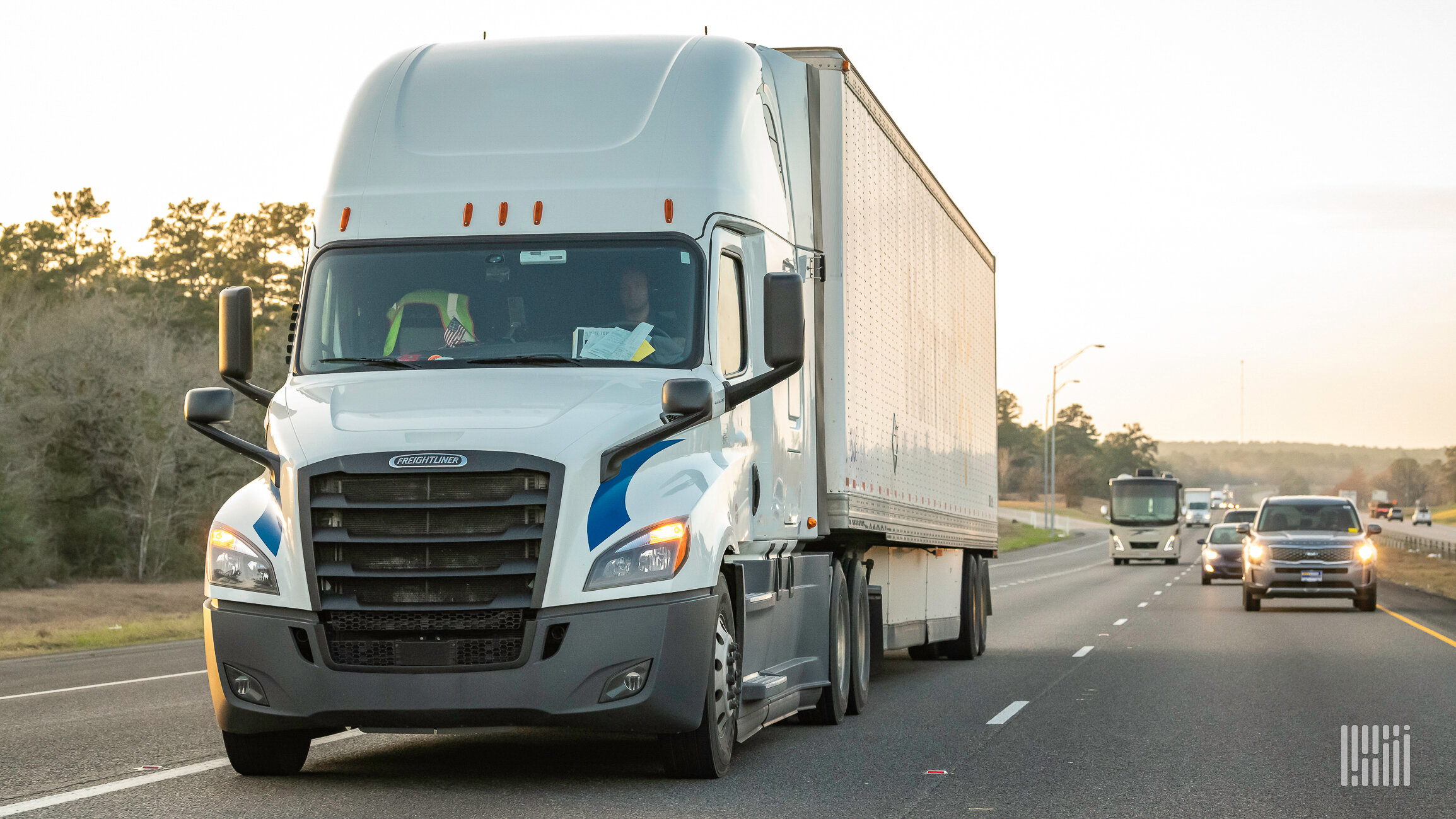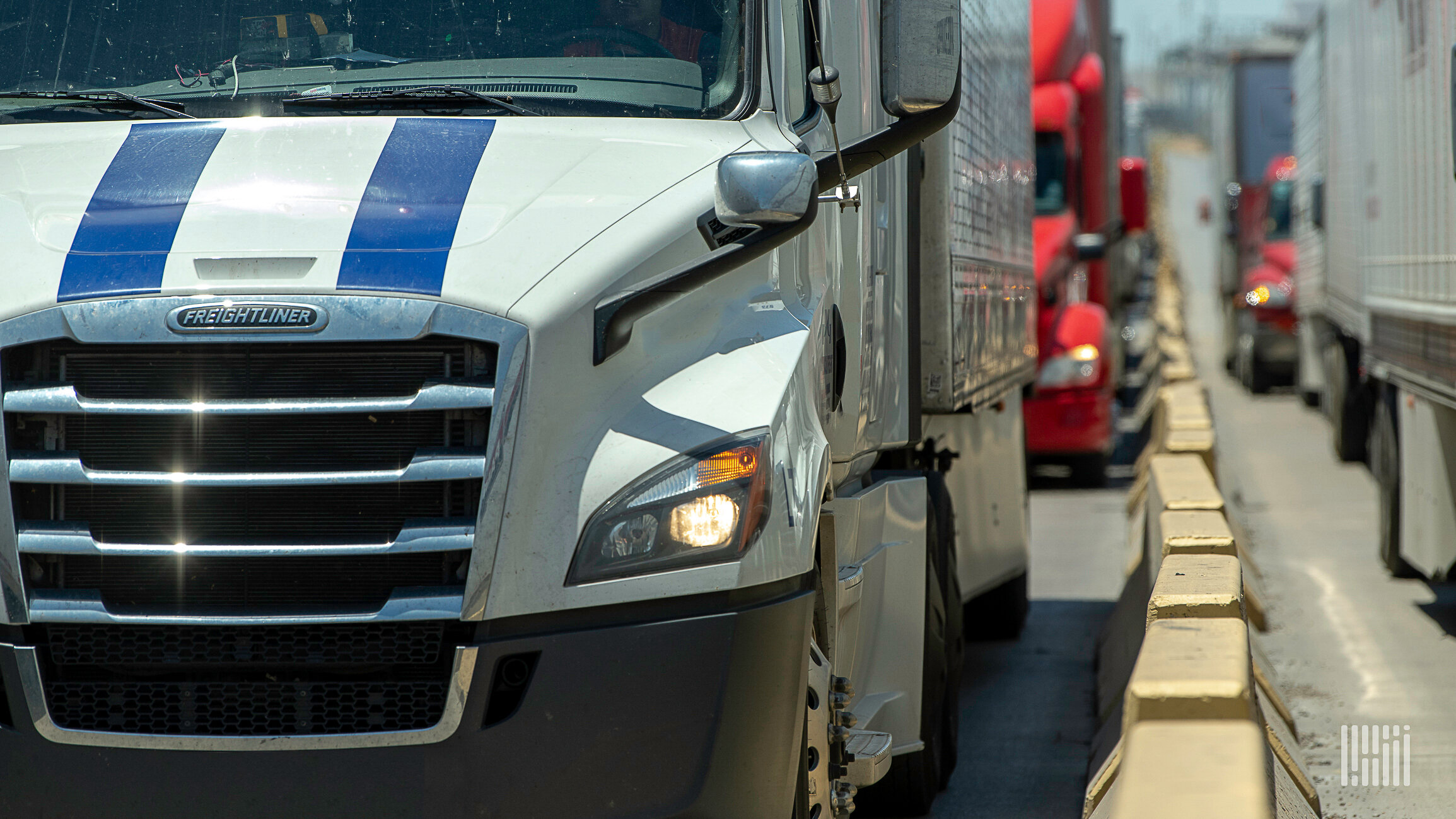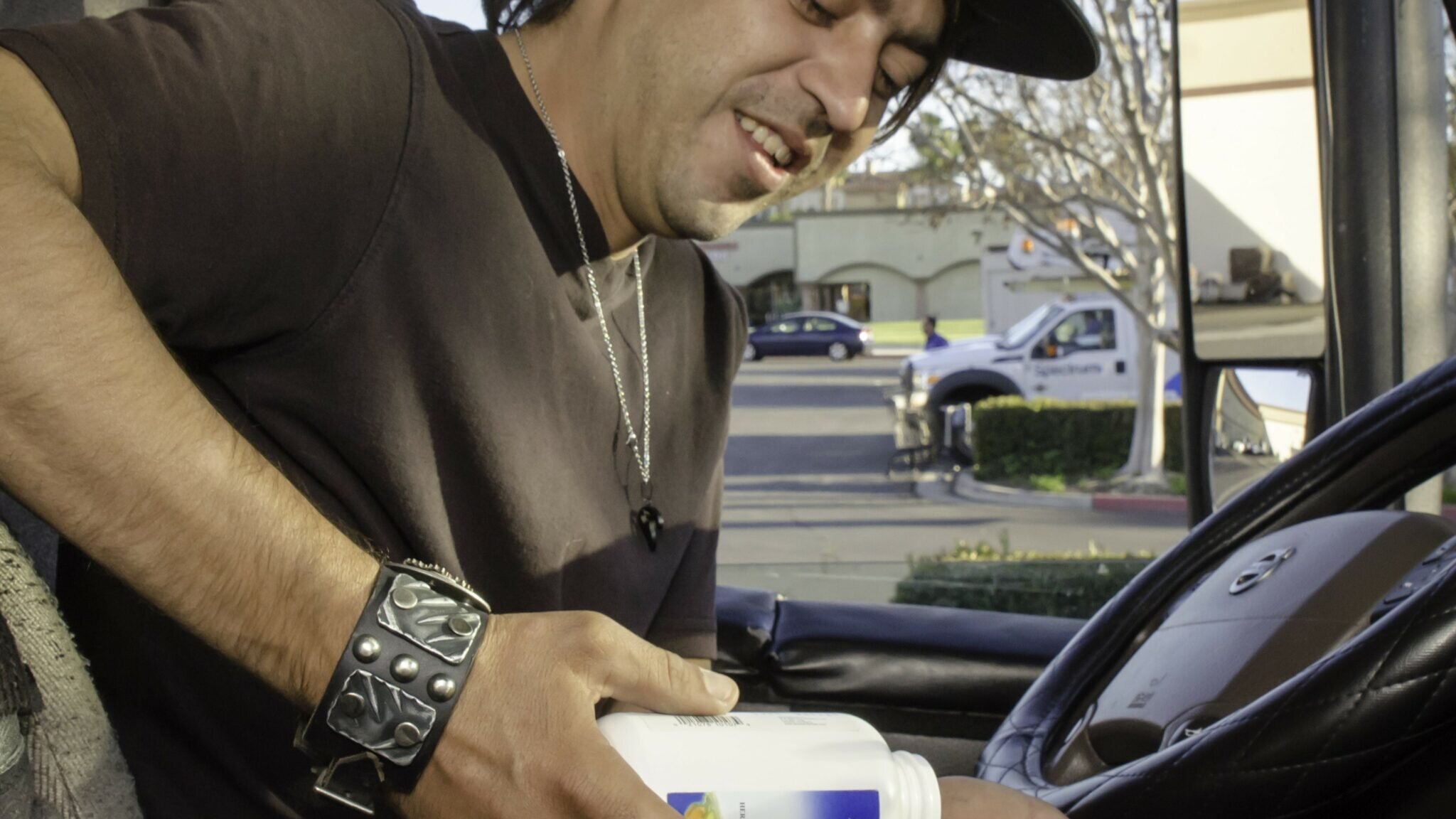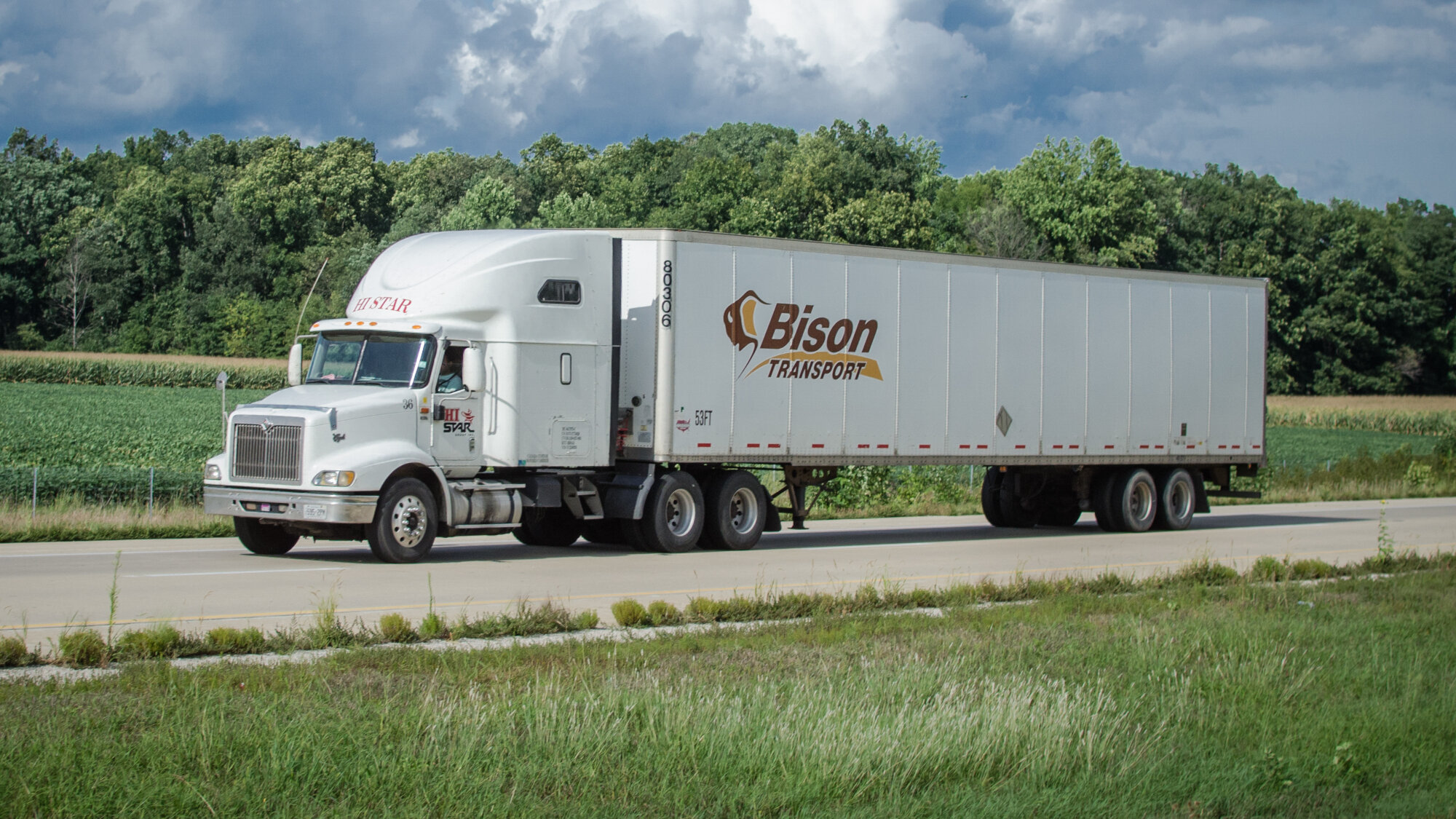
Light highway traffic and few bottlenecks are allowing truck drivers to move freight faster. (Photo: Jim Allen/FreightWaves)
Freight is moving faster as traffic bottlenecks disappear
Rush hour slowdowns and traffic bottlenecks on major freeways are practically non-existent as millions of people stay off the roads during the coronavirus pandemic, allowing truckers to move freight faster.
“Holy smokes, yes!” independent trucker Henry Albert responded when asked by FreightWaves if he was experiencing a difference. “I feel almost guilty how easy my job has been to do during this crisis.”
Linda Caffee, an owner-operator, said that other than weekends, roads are much less busy.
“I was going from Bloomington (Indiana) to Murfreesboro (Tennessee) last weekend and traffic was heavy,” Caffee said. “I think everybody was sick of staying inside.”
Studies of traffic speeds by the American Transportation Research Institute (ATRI) and traffic data provider INRIX support the anecdotes.
ATRI released new data Tuesday based on real-time GPS data from more than one million trucks.
“So far in March, what we are seeing is an unprecedented level of truck movement,” said ATRI President and COO Rebecca Brewster. “Not only are trucks continuing to move, but they are doing so at speeds well in excess of normal traffic patterns.”
For example, at the intersection of I-85 and I-285 in Atlanta, known locally as Spaghetti Junction, afternoon rush hour truck speeds are typically less than 15 mph due to congestion. Last week, truck speeds averaged 53 mph.
“As other traffic dissipates, trucks continue to move, delivering much-needed relief supplies to markets, hospitals, gas stations and other essential businesses,” Brewster said.

The outbound tender volume index (Freightwaves/SONAR/OTVI.USA) for the U.S. shows consistent growth in the amount of freight loads over the last 30 days.
City speeds
Speed data similar to Atlanta exists for California, Illinois and New York, all of which have shelter-in-place orders to slow the spread of the virus.
In New York, along I-495 in Queens, the afternoon rush hour typically sees average truck speeds of 16 mph. Speeds have now more than doubled, averaging 38 mph.
In Los Angeles, at the intersection of I-710 and I-105, truck traffic speeds between 6 a.m. and 8 a.m. are normally less than 25 mph. As Californians stay home, truck speeds now average 53 mph.
At the Byrne Interchange in Chicago, where I-290 intersects with I-90/I-94, morning truck speeds now average 43 mph, more than twice the typical morning rush hour speed of 20 mph.
“It’s not so much the highways,” Albert said. “You’re just not losing your speed in the cities.”
According to INRIX, between March 13 and 20, traffic went from reduced congestion to free-flow in America’s 25 largest metropolitan areas. In Chicago and Los Angeles, afternoon speed increases of 35 and 38% above average rose to 74 and 75% above average.
“Whether this will have a residual impact on congestion remains to be seen,” INRIX writer Mark Burfeind said in a blog post posted Tuesday. “However, for the first time ever, there is no congestion nationally on America’s roadways.”
Fuel economy is better because of fewer starts and stops. Combined with low diesel prices, “it is an incredible win-win,” Caffee said.

With oil prices dropping, diesel fuel has become cheaper for truckers as the FreightWaves chart shows. (FreightWaves: SONAR DTS.USA)




















